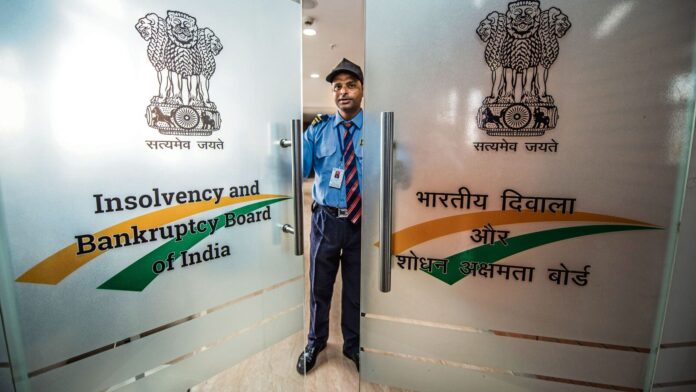In the recent past, various stakeholders including the Parliamentary Standing Committee on Finance, Reserve Bank of India (RBI) Governor Shaktikanta Das and India’s G-20 Sherpa Amitabh Kant have flagged concerns over delays and asked for a recovery boost.
Fortunately, after eight years, as India’s insolvency regime matures, a shift is emerging, with a few recent cases challenging the narrative of poor recoveries.
Some large-ticket resolutions, both early on and more recently, show that creditors can recover far more than anticipated—sometimes even more than their admitted claims.
When the IBC first came into force in 2016, cases like Monnet Ispat (2018) and Alok Industries (2019) made headlines, although not for reasons that creditors were celebrating. These cases involved significant haircuts, with creditors losing 70-90% of their admitted claims.
This painted a picture of the IBC as a system where creditors bore the brunt of insolvency, often walking away with a fraction of what was owed them. This led to cries for reform in the design of the system.
On the positive side, there were successful cases such as Binani Cement (2018) and Essar Steel (2019) that provided the best possible outcome for all stakeholders, proving that large recoveries were possible in valuable companies.
Lenders of Essar Steel, for instance, recovered nearly 90% of their admitted claims. UltraTech Cement’s resolution of Binani Cement yielded more than 100% recovery for creditors, including an important precedent of allowing interest to accrue during the resolution process.
While earlier examples set the stage, recent cases like SKS Power are reinforcing this shift. In 2024, the resolution of SKS Power, acquired by Sarda Energy, saw 100% recovery for creditors.
The National Company Law Appellate Tribunal (NCLAT) dismissed challenges from competing bidders and upheld the resolution plan of Sarda Energy, ensuring full recovery for financial creditors.
One of the key developments that has gone relatively unnoticed is the willingness of courts to let creditors receive more than their admitted claims.
Traditionally, the focus of insolvency resolutions has been on settling admitted claims, but some cases have shown that creditors can recover beyond this, if contractual terms are respected.
In the Binani Cement case, for example, the resolution plan provided for 10% interest to financial creditors during the entire resolution period.
Similarly, in the more recent case of Sripriya Kumar (2023), financial creditors received more than the admitted ₹34.27 crore thanks to a penal interest clause, ultimately recovering ₹46 crore.
The NCLAT’s ruling in the Sripriya Kumar case that interest payments were not waived by the moratorium may just have highlighted a new path for creditors, reinforcing the sanctity of contracts.
These cases show that the courts are supportive of creditors receiving additional payments where contractual obligations exist, underscoring that financial creditors are not always left with just the bare minimum.
A driving force behind this trend is the IBC’s respect for the Committee of Creditors’ (CoC) commercial wisdom. Since financial creditors bear the greatest risk, courts have deferred to their decisions, whether it’s a deep haircut or full recovery.
The Supreme Court’s ruling in K. Sashidhar has solidified this principle, and courts continue to follow this approach, showing that they will not second-guess the CoC unless there’s a significant breach of law.
While haircuts remain a reality in many cases, the ability of creditors to recover more than their admitted claims, or at the very least avoid significant losses, signals a promising new direction for the IBC.
The combination of courts honouring contractual terms and respecting the CoC’s commercial decisions and the strategic interests of resolution applicants has created space for hope in what was once seen as a harsh landscape for financial creditors.
Under a regime once characterized by huge delays and steep financial losses, these cases highlight the IBC’s potential to deliver favourable outcomes, reshaping the expectations of creditors.
As emphasized by chief economic advisor V. Anantha Nageswaran, sustained improvement in the operational efficiency of the debt resolution process under the IBC, with faster resolutions, is critical for achieving 7-8% economic growth.
He also emphasized the need for innovative resolution routes like pre-pack arrangements for micro, small and medium enterprises (MSMEs) to keep legal costs low, the importance of enhanced capacity in terms of resolution professionals and the need to minimize delays in decision-making.
When enacted in 2016, India’s IBC law was considered a major milestone for reforms aimed at improving the ease of doing business. Eight years on, it is time to review its functioning for further improvements.
Dhanendra Kumar is chairman of Competition Advisory Services India LLP and former chairman of the Competition Commission of India.
#Insolvency #Codes #progress #deep #haircuts #fuller #recoveries
